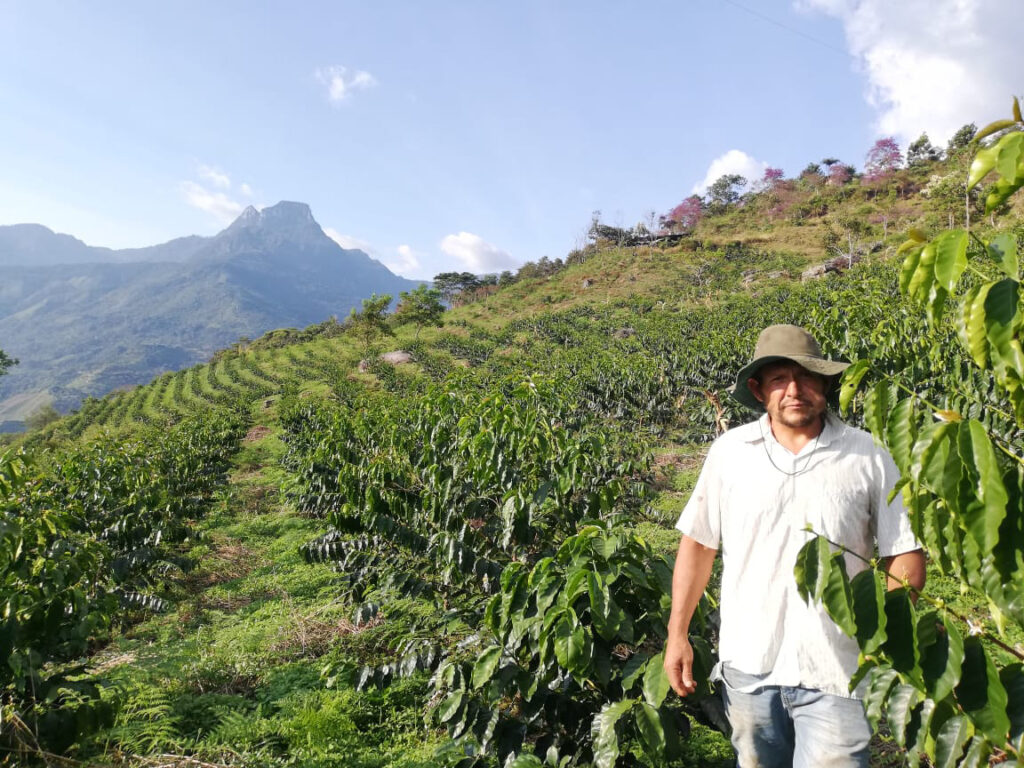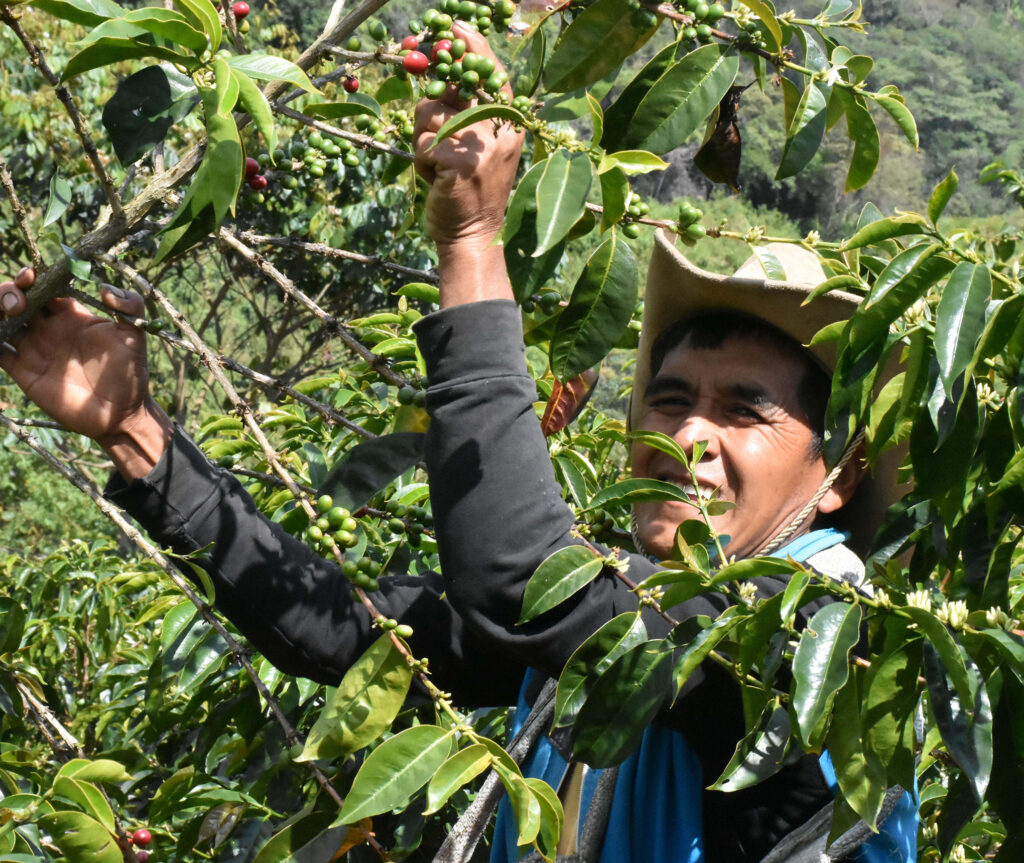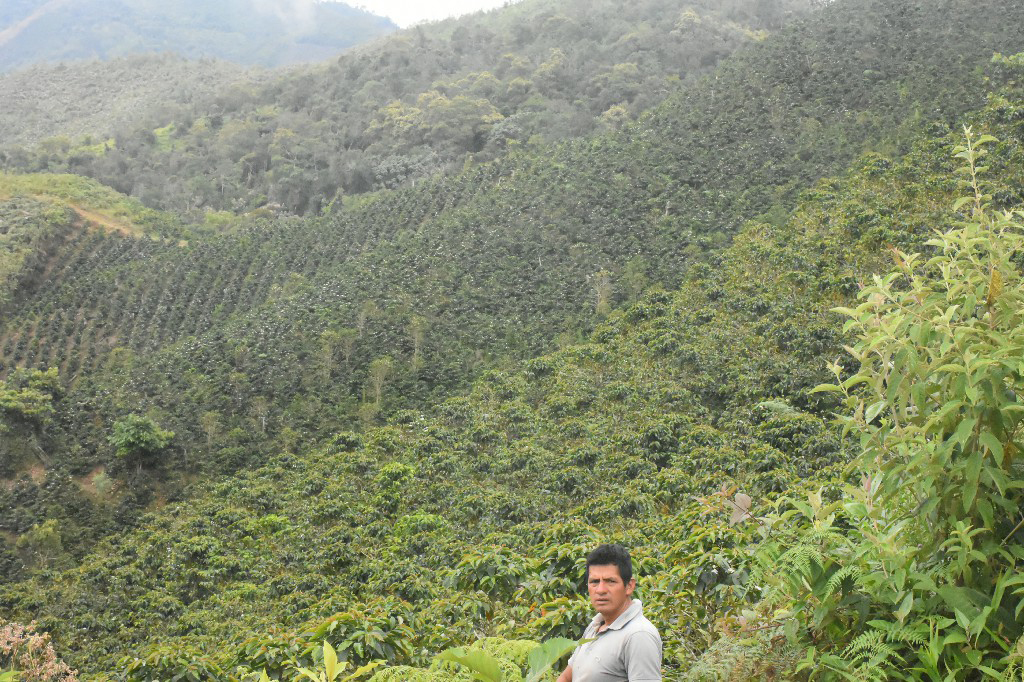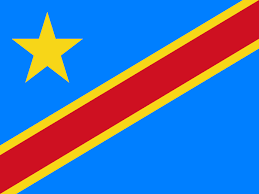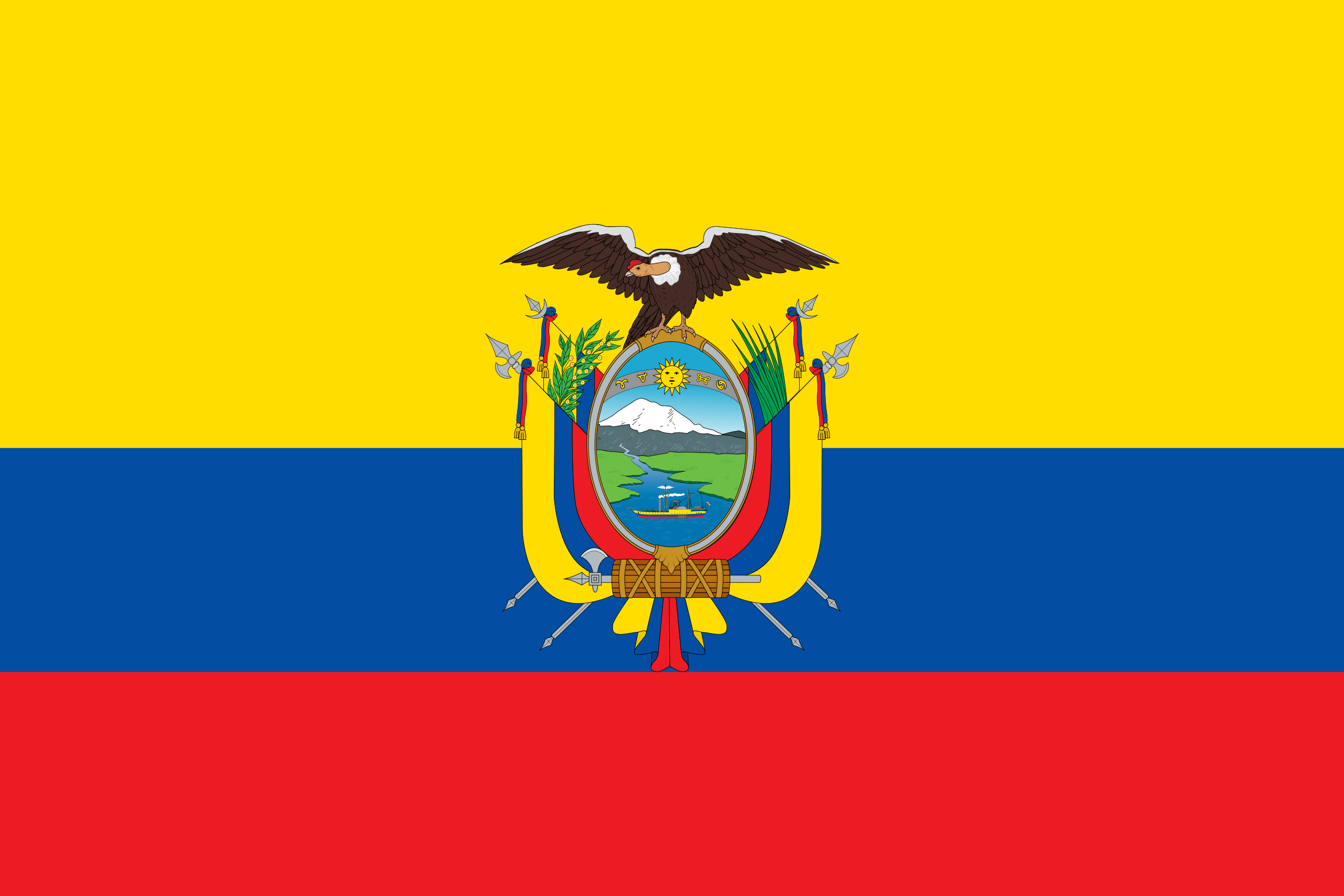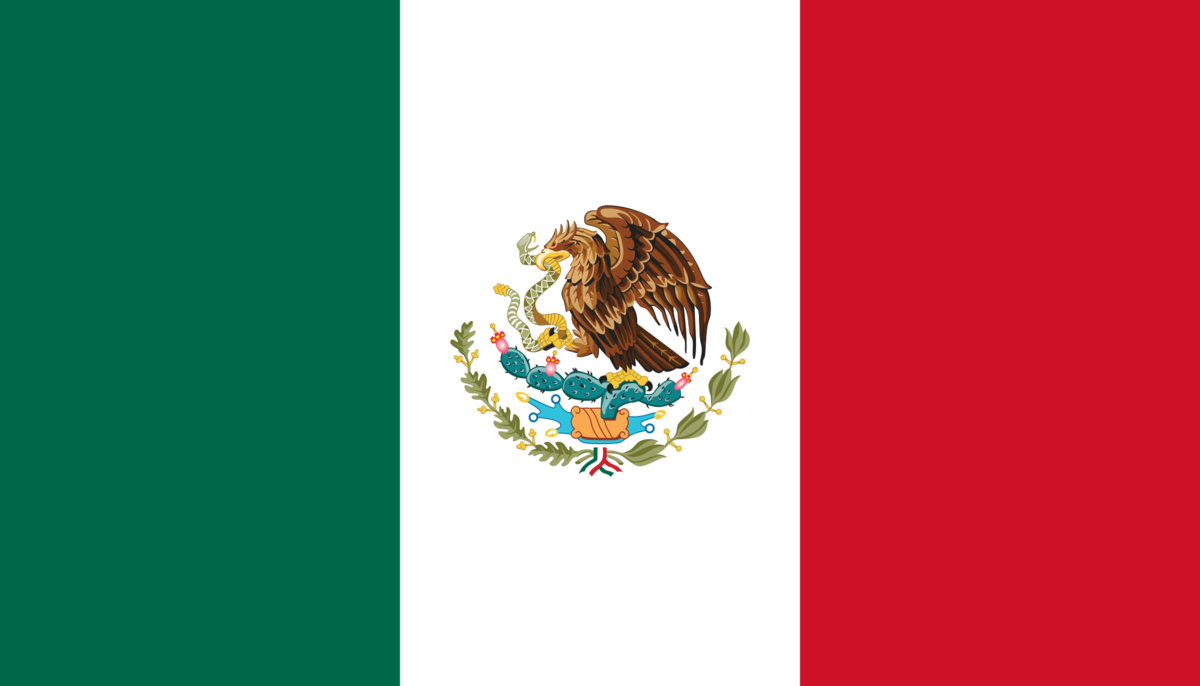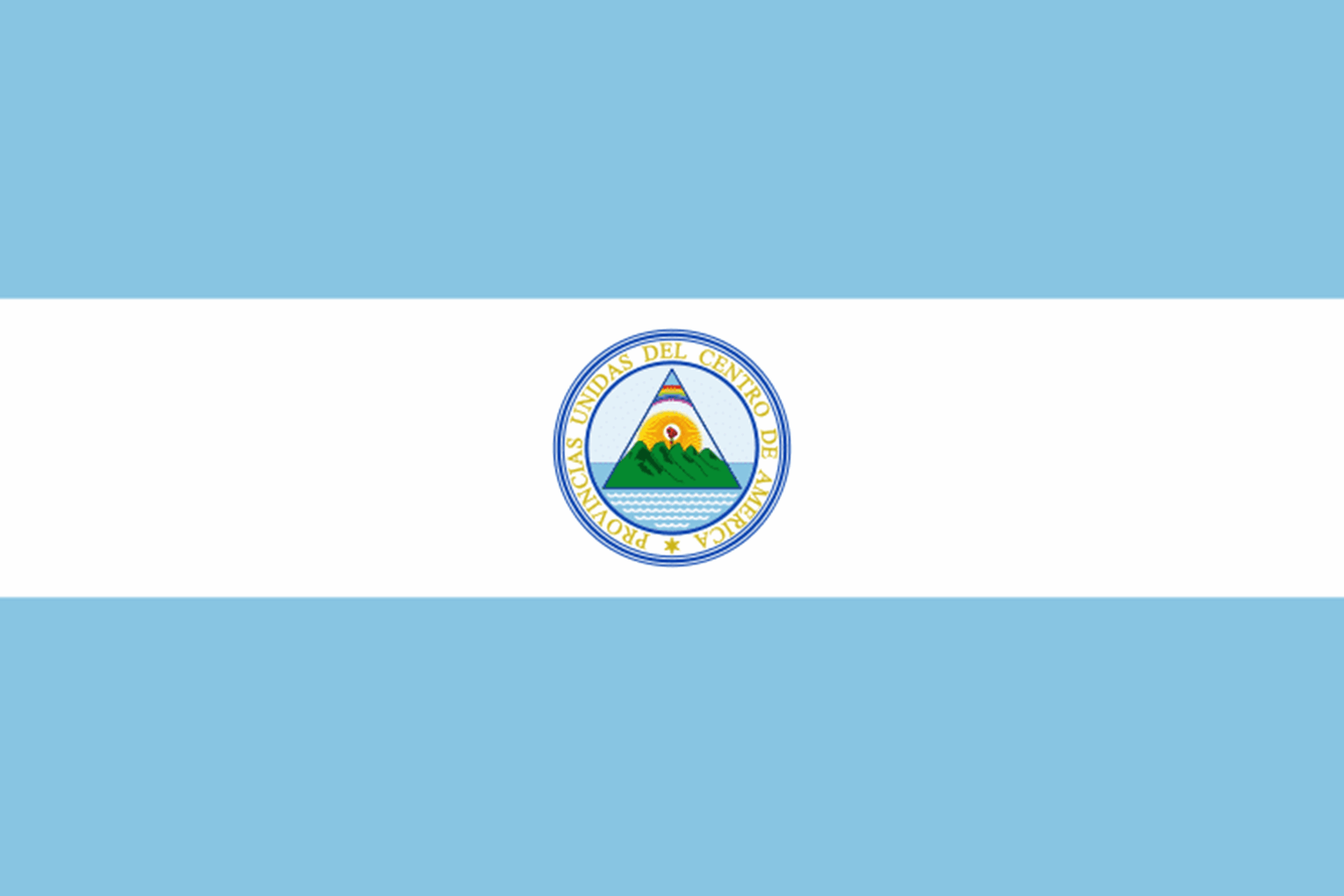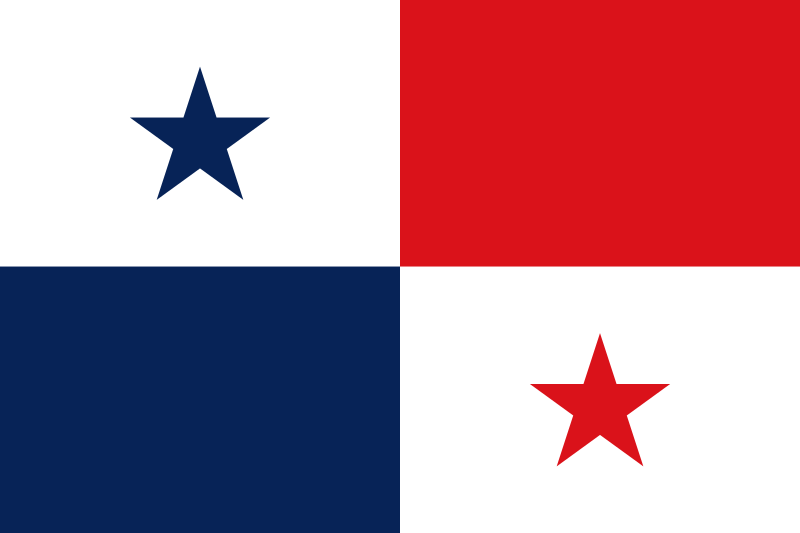With a strong smallholder presence, an array of microclimates, and climbing altitudes, Peru produces some excellent quality coffee.
Coffee was introduced to Peru in the mid-18th century via neighbouring Ecuador but was not commercially exported until the late 19th century. Production was only increased significantly after the turn of the 20th century, when Peru’s default on a loan owed to the British Government saw over two million hectares of land transferred to Britain (under the name of ‘The Peruvian Country’) as a repayment. A full quarter of this was put under agricultural production, including coffee, and it was at this point that export trade began in earnest.
View Coffees-
Place In World For Coffee Exporter9th
-
Sacks (60kg) exported annuallyApprox: 3,772,000
-
Percentage of world coffee market3%
-
Other major agricultural exportsGrapes, Asparagus, other Vegetables, & Avocados
-
Estimated number of families relying on coffee for livelihood?855,000
-
Typical varieties producedTypica, Bourbon, Caturra, Paché & Catimor
-
Key coffee regionsCajamarca, Junín, Cusco, & San Martin
-
Typical harvest timesMarch - September
-
Typically availableFrom August/September
